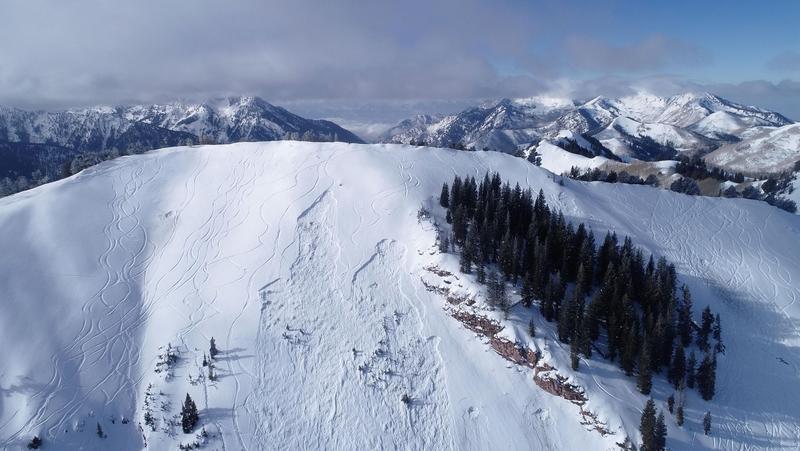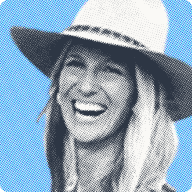Avalanche Education – The Backcountry Basics
January 14, 2021
With major resort restrictions this season it comes at no surprise that the backcountry has seen a boom in skiers and splitboarders throughout the country. Aside from not needing a lift ticket (or parking reservation), backcountry skiing is great exercise and an excellent way to socialize in a world of socially distancing. Not to mention, the downhill can provide untracked powder turns run after run.
Unfortunately, at the same time there is increased traffic in the backcountry and resort sidecountry, avalanche conditions are the worst we have seen in several years in the western part of United States. Early season snows, particularly on slopes facing north or east, did not completely melt before winter really settled in. Those bottom layers have turned into sugary crystalized layers that cannot support the heavier layers of snow that now lay on top. More people skiing an unstable snowpack has proved dangerous.
Four skiers/boarders have already died this winter in Colorado and one perished this past week after triggering a slide in Utah. The area where the Utah avalanche occurred (photo of the area below from Utah Avalanche Center) is accessed by riding a summit chair at Park City resort and a short 10 minute easy hike through a backcountry exit gate. The 31-year-old victim was not carrying a beacon, shovel or probe. This accident is a somber reminder to all backcountry enthusiasts of the importance of the “know before you go” mantra of avalanche experts even for areas within sight of managed ski runs.

Ski patrol, avalanche forecast centers and even mainstream news outlets (see NYT article – It’s the Winter of Backcountry. Here’s How to Start Safely) have been loudly and repeatedly advocating how crucial avalanche education is for backcountry skiers – whether your a seasoned pro or a first time backcountry adventurer. There are a variety of options for avalanche education. The most common avalanche in person class is the Avalanche Level 1 Certification which is offered throughout the west and in the northeast. During the two full day class you will learn how to read the avalanche forecast for your local region, run live beacon and rescue drills, dig a snow pit to evaluate the current snowpack, tour planning and beyond. The level one course is highly recommended and one that I recently completed in the Wasatch mountains through Utah Mountain Adventures.
It is easy to be intimidated by the gear, the education, the avalanche reports, the terrain, the decision making process, etc. One of the leaders in backcountry safety is Backcountry Access. Based out of Boulder, CO they provide educational programs and manufacture safety products for use in the backcountry. Backcountry Access recently released a five-part video series that helps to go over the basics. We have provided links to this set of videos below. Take the 20 minutes to watch the full series – it could save your life!
Get the Picture (no, not for Instagram)

